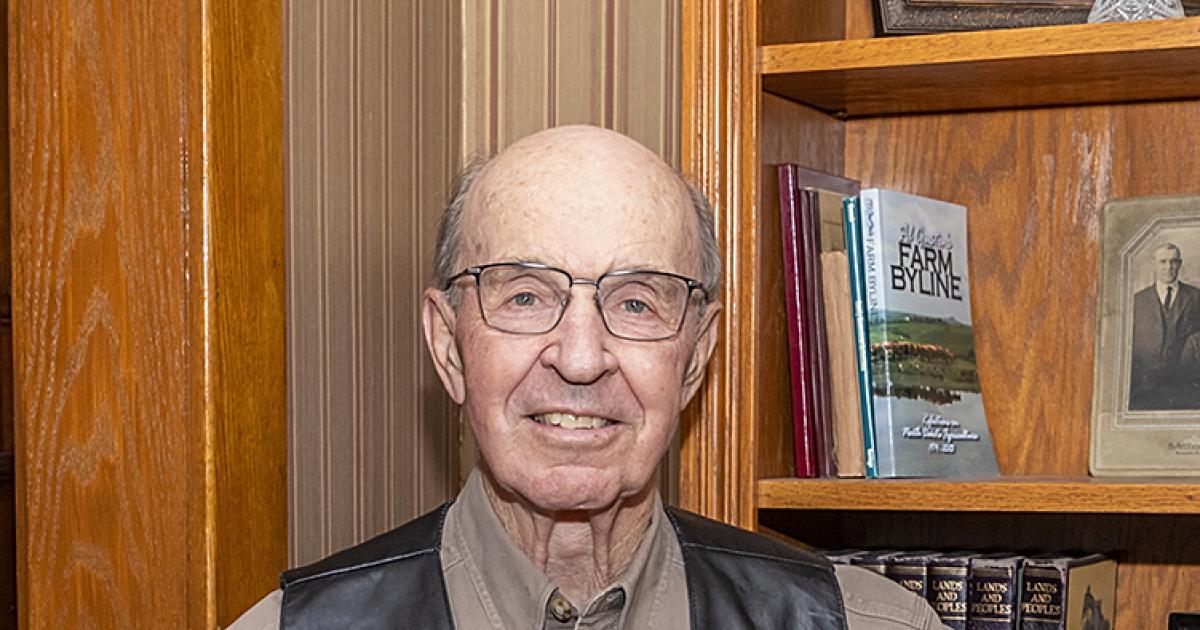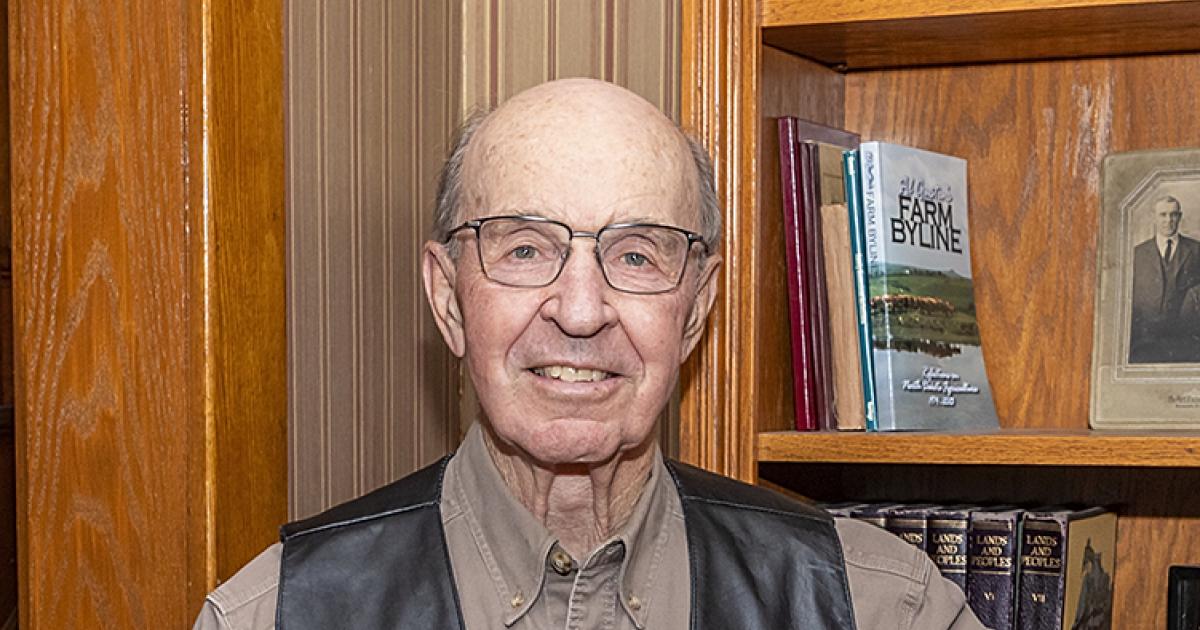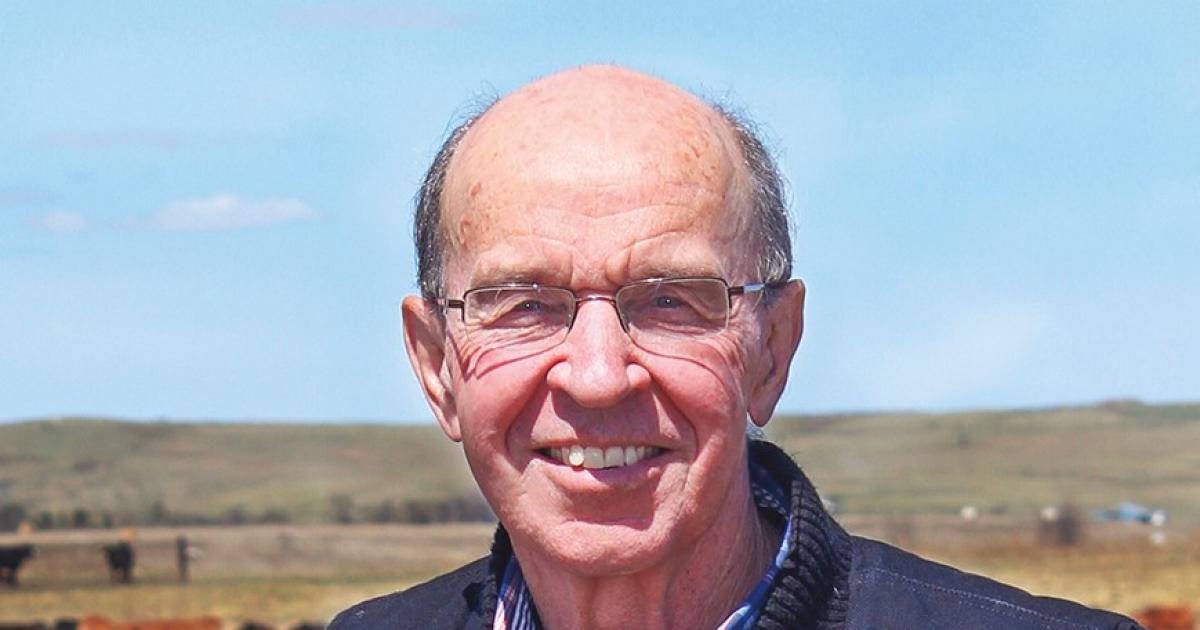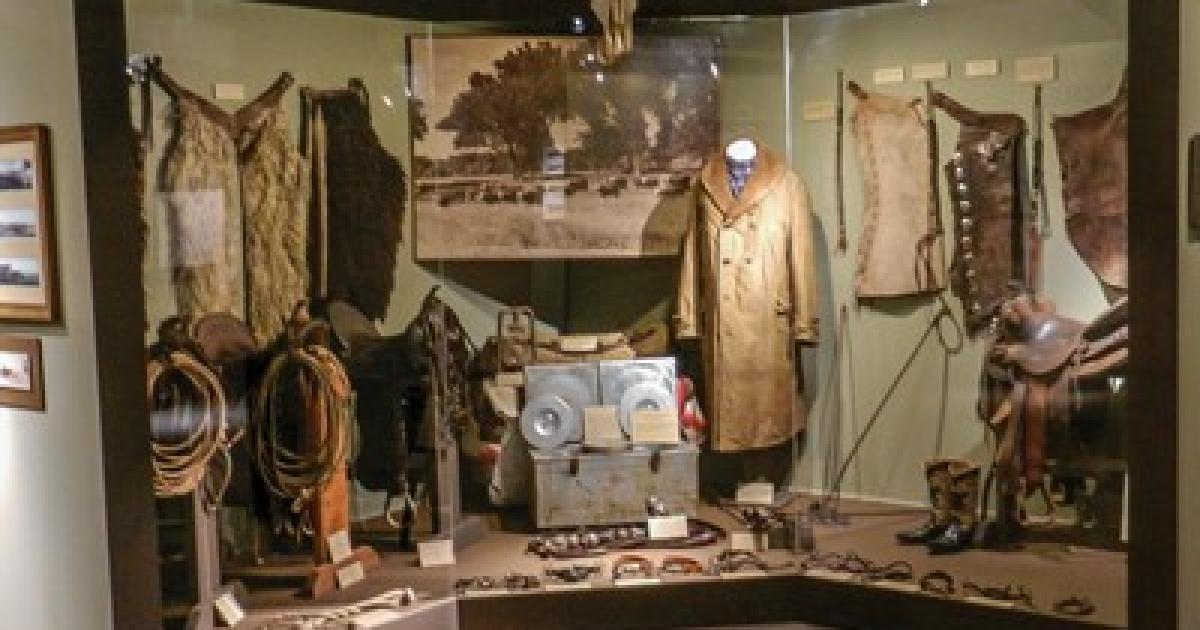In the summer of 1965, I hauled feed barley to the Occident Elevator in Mandan in Dad’s 1950 three-quarter-ton Chevy pickup truck. The price of feed barley had finally climbed above $1 a bushel, a price too good to pass up. The year before must have been a good enough harvest to have enough barley for the hogs and milk cows, with enough leftover for seed, so that feed barley ended up as a cash crop.
Barley, traditionally, has been an important crop in this state. In 1965, North Dakota farmers planted 2.5 million acres of barley, twice as many acres as planted to corn. In the mid-1980s, barley acreage reached about 3.5 million. In 1999, when barley acreage slipped to little more than 1 million acres, I wrote a commentary titled, “The Death of Barley and Oats.” But to paraphrase Mark Twain, the report of barley’s death was an exaggeration.
It is true little feed barley is grown anymore. It’s mostly malting barley now, and there have been some encouraging developments, such as the growth in the popularity of craft beer a dozen years ago. But in recent years, consumption of all beer has declined significantly, including the consumption of craft beer. Younger people’s alcoholic preferences have shifted from beer to seltzers, mixed drinks and other liquors.
Several years ago, I interviewed Steve Edwardson with the N.D. Barley Council about the growing use of barley in pet food. That has been an encouraging development, but not of enough significance to make a huge difference.
Last year, a large carryover supply of barley, combined with declining demand for malt, resulted in unattractive contract offers from the maltsters. As a result, farmers in this state harvested just 285,000 acres of barley, the fewest on record. The nation’s crop was the smallest in 150 years.
While barley was once a major U.S. cereal grains crop, barley is now considered an ingredient crop, a niche crop. For some farmers, it is still an important crop, but the number of those farmers is small. This state’s barley industry is not dead, but it’s a lot like the dairy and hog industries it once fed. None casts a very large shadow anymore.
___
Al Gustin is a retired farm broadcaster, active rancher and a member of Mor-Gran-Sou Electric Cooperative.










